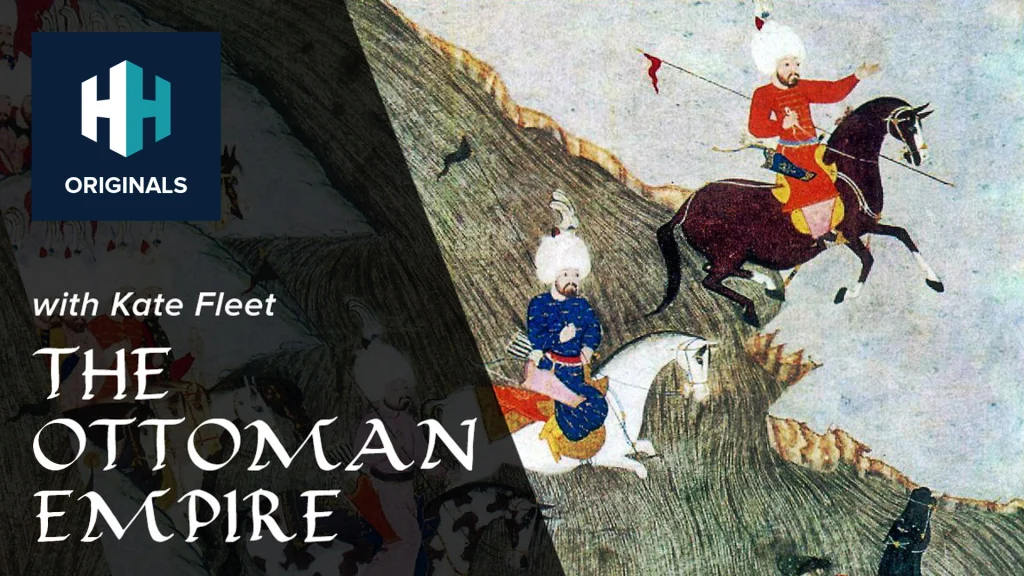King Gustavus Adolphus of Sweden reigned for 20 years, and many credit him with the development of Sweden as a powerful force – both militarily and politically – in 17th century Europe. A renowned military strategist and charismatic leader, he died at the bloody Battle of Lutzen in November 1632.
1. He’s widely regarded as one of Sweden’s best kings
Gustavus Adolphus is the only king in Sweden to have been awarded the epithet ‘the Great’ – a title bestowed upon him posthumously in 1633 by the Swedish Estates of the Realm. His reputation was as good at the time as it is with historians today: a rare achievement.

A Dutch school portrait of Gustavus Adolphus. Image credit: National Trust / CC.
2. He was a progressive
Under Gustavus Adolphus, peasants were granted greater autonomy, more educational establishments were established including Sweden’s second university – the Academia Gustaviana. Domestic reforms dragged Sweden from the medieval period into the early modern world, and his governmental reforms helped found the basis of the Swedish Empire.
3. He is known as the ‘Father of Modern Warfare’
Unlike many contemporaries, Gustavus Adolphus organised a highly disciplined standing army, and enforced law & order. With no mercenaries to control, he also managed to prevent his army from looting, raping and pillaging.
He also made use of light artillery for the first time on the European battlefield, and used combined arms formations which were often much shallower. Being only 5 or 6 men deep, these formations could be deployed much more freely and helpfully on the battlefield: some contemporary armies would have fought in blocks 20 or 30 men deep.
 Watch Now
Watch Now4. He survived a nearly fatal bullet wound
In 1627, Adolphus suffered a bullet wound in the muscles surrounding his shoulders from a Polish soldier: doctors could not remove the bullet itself, which prevented Adolphus wearing armour in future combat. Two of his fingers were paralyzed as a result of the injury.
5. He was no stranger to war
At sixteen he contested three wars, against the Russians, the Danes and the Poles. Sweden emerged unscathed. Victories in two of the wars brought new territory, expanding the Swedish empire.
The Thirty Years’ War (1618-48) consumed Europe for much of Adolphus’ reign: it remains one of the most destructive wars in European history, resulting in around 8 million deaths.
The conflict began when Holy Roman Emperor Ferdinand II demanded that all his subjects – who came from many different ethnicities and backgrounds – convert to Catholicism. His northern territories in Protestant Germany rebelled, forming the Protestant Union. They were joined by other Protestant states in a war that escalated over the next decade and became a struggle for European supremacy.
In 1630, Sweden – which was then a major military power – joined the Protestant cause, and its king marched his men into Germany to fight the Catholics.

An illustration of Gustavus Adolphus before the Battle of Lutzen. Image credit: Public Domain.
6. He died at the Battle of Lutzen
In November 1632, the Catholic forces were preparing to retire to Leipzig for the winter. Adolphus had other plans. He launched a surprise attack against the retreating forces, who were under the command of Albrecht von Wallenstein. But Wallenstein regrouped and prepared to defend the road to Leipzig. Adolphus attacked at 11am with a thunderous cavalry charge.
The Protestants gained an advantage, threatening to overrun the left flank of the Protestant army, but a counterattack held them off. Both sides rushed reserves to this crucial sector of the battle and Adolphus himself led a charge into the melee.
Amid the smoke and fog, Adolphus suddenly found himself alone. A shot shattered his arm before another hit his horse in the neck and caused it to bolt into the midst of the enemy. Unable to control it with his mangled arm, he was shot in the back, stabbed, and then finally killed with a close-range shot to the temple.
With much of the army ignorant of their heroic commander’s death, one final assault secured a costly victory for the Protestant forces.
Adolphus’ body was found and returned to Stockholm were it was greeted with a huge display of mourning.
Gustavus Adolphus day is marked in Sweden on 6 November.
Lutzen was a pyrrhic victory for the Protestants, who had lost thousands of their best men and their greatest leader. The Thirty Years’ War resulted in no outright winner when peace was signed between the major belligerents in 1648. The northern German territories would remain Protestant.
 Watch Now
Watch Now














